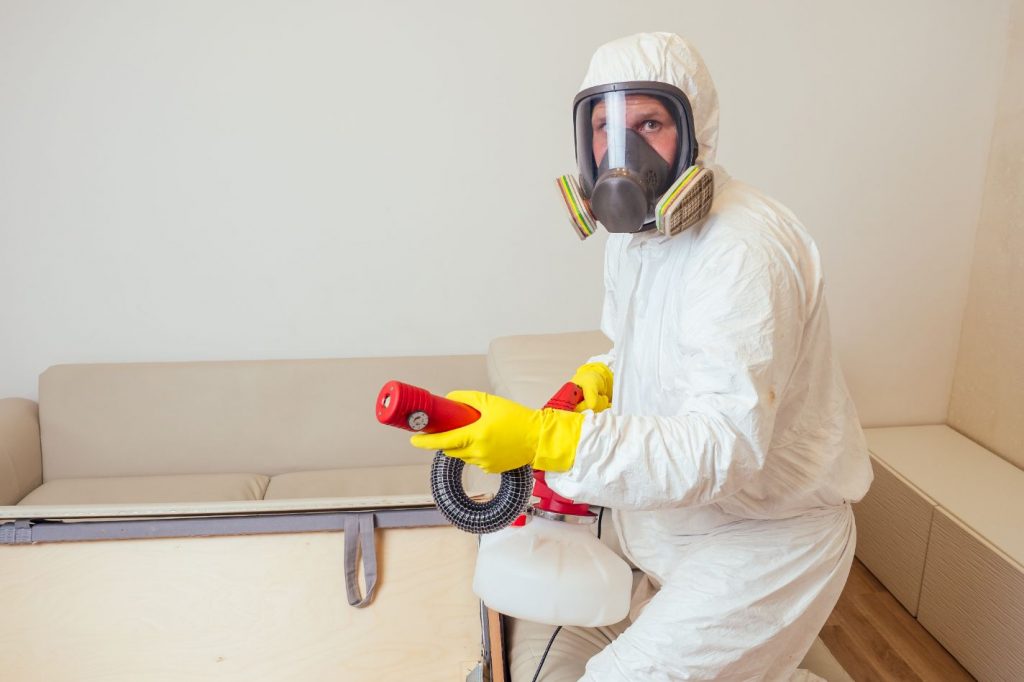What Pests are Hardest to Monitor in Hotels Today?
Share
The hospitality industry is a vibrant sector, yet it faces various challenges, one of which is pest management. When we think about luxury and comfort in hotels, the last thing on our minds is the unwelcome presence of pests. But the reality is, pests can be a significant concern, particularly those that are challenging to monitor. So, what pests are hardest to monitor in hotels? This is not only a critical question for hotel management but also for guests who expect a clean and comfortable stay.
In hotels, maintaining a pristine environment is paramount for both reputation and guest satisfaction. However, certain pests are notoriously difficult to track and control. Let's delve into the world of pest management within the hospitality industry and explore the complexities of handling these elusive invaders.

Understanding the Importance of Pest Monitoring in Hotels
Before addressing which pests are hardest to monitor, it's essential to understand why pest monitoring is crucial in hotels. Pests not only pose health risks but can also damage property and tarnish a hotel's reputation. Effective pest monitoring ensures early detection and control, minimizing the risk of infestations.
Hotels must adopt comprehensive pest monitoring strategies, integrating both traditional methods and modern technologies. For insights into creating a pest monitoring culture, consider exploring how to create a pest monitoring culture in hotels.
Common yet Elusive Pests in Hotels
1. Bed Bugs
Bed bugs are notorious for their ability to hide in small crevices and their resilience to many pest control measures. These tiny pests are usually brought in by guests and can quickly spread from room to room. Bed bugs can hide in mattresses, furniture, and even electrical outlets, making them extremely difficult to monitor and eradicate.
The presence of bed bugs can lead to severe guest dissatisfaction and potential legal issues. Therefore, hotels need to implement regular inspections and train staff to recognize signs of infestation. For more details on pest control in hotels, visit Common Pest Found in Hotels.
2. Cockroaches
Cockroaches are another challenging pest to monitor in hotels. They are nocturnal, meaning they are mostly active at night, and they can hide in the smallest cracks and crevices. Their ability to reproduce rapidly adds to the difficulty of controlling their population.
Unlike bed bugs, cockroaches can pose significant health risks as they are known to carry various pathogens. Hotels need to maintain high standards of cleanliness and use bait stations and traps to monitor cockroach activity effectively.
3. Rodents
Rodents, including mice and rats, are more challenging to monitor than one might think. They are adept at finding food sources and can squeeze through surprisingly small openings. Rodents are not only a nuisance but can also cause structural damage and spread diseases.
Implementing an integrated pest management system can be beneficial. This includes sealing entry points, maintaining cleanliness, and setting traps. For more on improving pest monitoring in older hotels, refer to Improving Pest Monitoring in Older Hotels.
Technological Advancements in Pest Monitoring
With technology advancing rapidly, hotels have access to sophisticated pest monitoring tools. These tools include sensors and cameras that can detect pest activity in real-time, providing immediate alerts to management.
Wireless gateways are becoming increasingly popular in pest monitoring. They allow for the remote monitoring of pest hotspots and can significantly enhance the efficacy of pest management strategies. Learn more about why wireless gateways are beneficial at Why Wireless Gateways Help in Pest Monitoring.
Challenges in Implementing Pest Monitoring Strategies
Despite the availability of advanced technologies, several challenges remain in implementing effective pest monitoring strategies. These include budget constraints, lack of trained personnel, and resistance to change from traditional methods.
Moreover, older hotel structures may pose additional challenges due to their design and infrastructure. Implementing eco-friendly pest monitoring strategies can also be a challenge but is essential for sustainable hotel management practices. Explore how to make hotel pest monitoring eco-friendly at Eco-Friendly Pest Monitoring.
The Future of Pest Management in Hotels
The future of pest management in hotels looks promising with the continuous development of new technologies and strategies. As hotels strive to provide excellent guest experiences, the integration of AI and machine learning in pest monitoring is expected to revolutionize the industry.
For hotel managers, understanding the complexities of pest control is critical. Resources like Pest Scan for Hotel Management can provide valuable insights into managing these challenges effectively.

FAQ
How can hotels prevent pest infestations?
Hotels can prevent pest infestations by maintaining cleanliness, conducting regular inspections, and implementing integrated pest management strategies. Staff training is also crucial to recognizing early signs of pest activity.
What are the signs of pest presence in hotels?
Signs of pest presence include droppings, bite marks on furniture, unusual smells, and sightings of live or dead pests. Regular inspections can help in early detection.
Why is pest control important for hotel ratings?
Pest control is vital for maintaining high hotel ratings as pests can negatively impact guest experiences and reviews. Effective pest management ensures a clean and safe environment, enhancing guest satisfaction.
